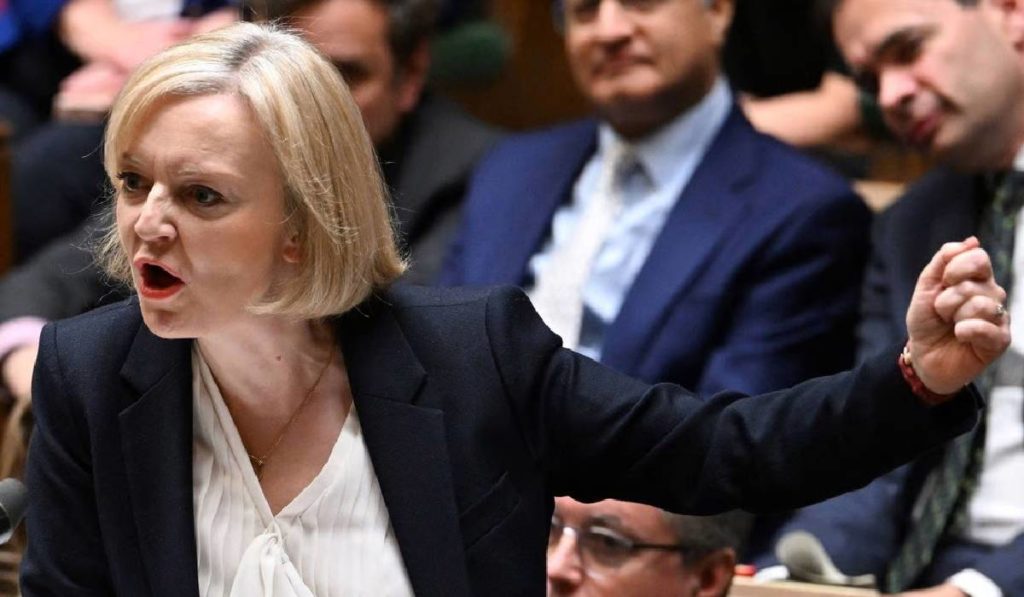In about 6 weeks, UK Prime Minister Liz Truss is struggling for her political survival, and likely hoping to get rid of achieving the shortest-serving leader in British history.
Truss has already secured her place in the history books, having triggered a crash in the British pound, abandoned almost her entire policy program and fired her closest political ally Kwasi Kwarteng as chancellor of exchequer.
She is also the least popular prime minister in the history of UK polling, with just 10pc of respondents holding a favorable opinion of her.
On Wednesday, 19 October, things got worse for Truss as Suella Braverman quit as home secretary, who issued a thinly-veiled criticism of the prime minister.
“Pretending we haven’t made mistakes, carrying on as if everyone can’t see that we have made them, and hoping that things will magically come right is not serious politics,” Braverman said in her letter to Truss, which she posted on Twitter.
Truss then appointed Grant Shapps as home secretary, while having fired him as transport secretary when she succeeded scandal-hit Boris Johnson on September 6.
Both Shapps and Jeremy Hunt, who replaced Kwarteng as finance minister, were allies of Truss’ party leadership rival Rishi Sunak.
Frost wrote that Truss was “a weak figurehead, unable to control the forces around her, occasionally humiliated, and disposed of when she has become inconvenient. Better to go now”.
Keir Starmer, the leader of the opposition Labour Party, questioned how long Truss has left.
“A book is being written about the prime minister’s time in office,” Starmer quipped at prime minister’s question time on Wednesday. “Apparently it’s going to be out by Christmas. Is that the release date or the title?”
Truss insisted: “I am a fighter and not a quitter”.
If Truss goes, she would be the fourth Conservative prime minister to fall since the country voted to leave the European Union in 2016.
Until now, the shortest-serving prime minister was the Tory George Canning, who held the job for just 119 days before dying of pneumonia in 1827.
Like Truss, his short tenure was characterized by a war within the party – his short tenure was made possible only by the support of the opposition Whigs and independent MPs.
Brown took over from Tony Blair on June 27, 2007. But the 2008 financial crisis dogged his tenure, which led to the election of David Cameron in 2010, and then an uninterrupted string of Conservative leaders: Theresa May, Johnson and now Truss.
How could Truss go? Anyone following British politics in recent years has gotten used to the role of the 1922 Committee, the body that has the power to force a Conservative leader out of office.
Both Johnson and May faced, and survived, confidence votes by the committee but they also both stood down shortly afterward.
Prime minister is not supposed to face a challenge in their first year but the committee has shown itself willing to change the rules in the past.
Alternatively, Truss could resign if she decides she has lost the support of her party. Johnson was ultimately forced out after his ministers quit en masse, but most of Truss’ cabinet has remained loyal so far.

